The Art of Civic Practice
Mark Valdez is a theater director, writer and producer who for more than two decades has developed partnerships to address community needs and amplify community voices. Since 2016, he has been a member of OPERA America’s Civic Action Group. He recently talked to Marc A. Scorca, OPERA America’s president and CEO, about the process and aesthetics of civic practice.
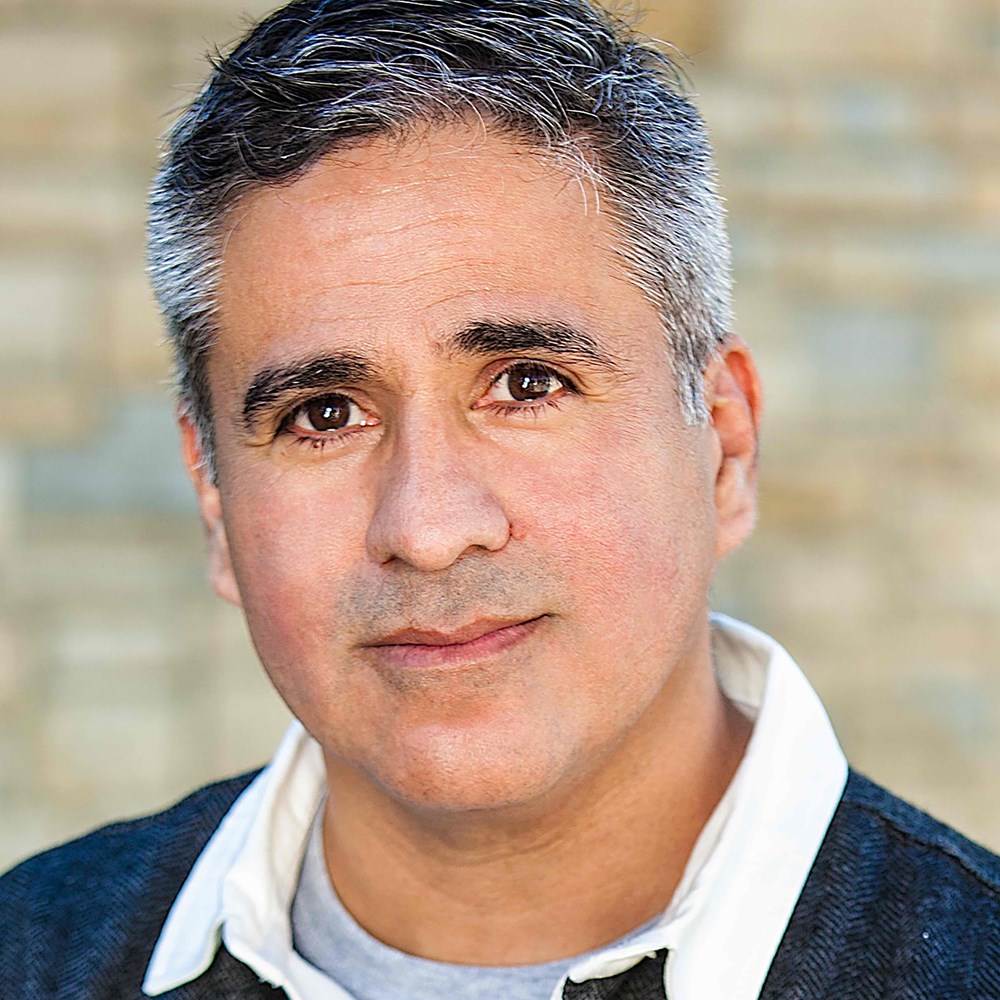
Marc Scorca: Before you began working with OPERA America, what was your impression of the opera field and our readiness to participate in our communities as good cultural colleagues?
Mark Valdez: A lot of my perceptions were based on tired stereotypes. “It’s inaccessible; it’s too long; I don’t understand it.” But the actual experience of attending and of listening was much different. There is a high bar of entry because of its cost. Those barriers are real. But by and large, opera just wasn’t what I thought it’d be. You’ve made a convert.
Did you find your new opera colleagues ready to engage with the concepts and strategies of civic practice?
I’m actually jealous: I wish the theater field were as interested. I was taken by the level of sincere interest in trying to figure out a future way of operating and making art. Often it’s when the status quo stops working that we have to redefine and ask some fundamental questions. It feels like the opera field is in that precise moment. People are trying to figure out a new way. “What is it?” “Is this for us?” I’m moved by the fact that people are asking those big questions. Opera feels so alive right now in ways that I find really exciting.
Opera may have a bizarre advantage because of the negative stereotypes that have accumulated around it. The challenges presented by the stereotypes helped make our education programs more sincere, more robust. Might the same be true for us in relation to civic practice?
In our regional meetings, we’ve acknowledged that everything about opera takes a lot of effort, from the building of it, to the singing of it, to the financing of it, to the marketing of it. Civic practice is equally a big climb. It requires a big shift in how you operate, and how you see yourself and your role in your community; a shift in internal and external perceptions.
One concept you’ve introduced in our civic practice workshops is that the process is as important as the product. What do you mean by that?
A few years ago, I had a big crisis of faith. I’d been doing my own work centered on social justice, creating work that sheds light on different experiences, different realities and different people, with the idea that audiences would be moved and gain empathy, and that we would see change happen. Now, I don’t think that’s actually true. I don’t know that the work on stage really changes behavior; that it’s going to make you vote differently or show up at a rally. But I am convinced that the process changes people: you have to figure out, collectively, how you’re going to interpret the action and setting, or even how you will iron out disagreements. All of those things change you, because you have to find mutual meaning in something. The Americans for the Arts put out this framework to talk about the aesthetics of art for social change, and almost all of the criteria are asking questions about the process.
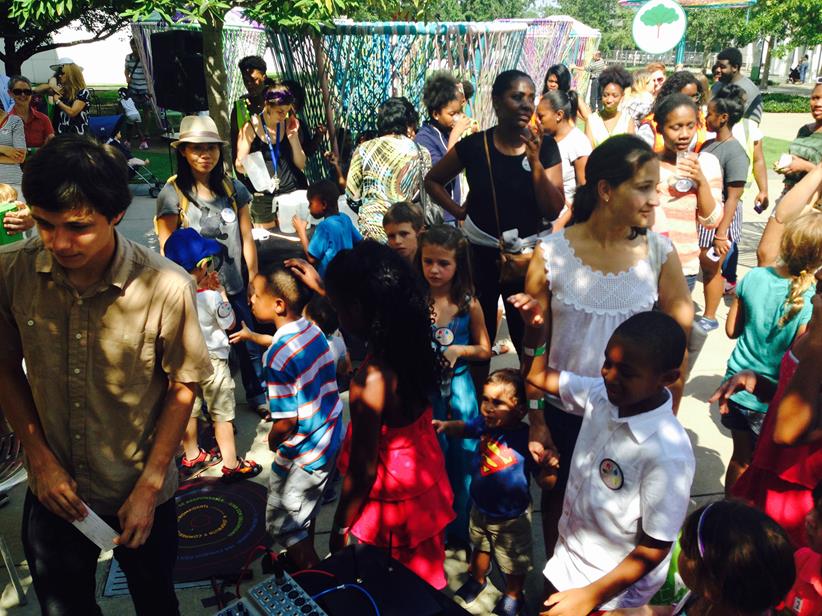
The idea of work growing from a relationship is called co-creation. What does co-creation mean to you?
It’s inviting other people into your process, into your visioning, into the making of work. It could happen in the rehearsal room. It happens in the relationships that you build and the conversations you have before you even enter the rehearsal room. A lot of the work that I’ve done is about co-creating a piece with a community. Of course, you don’t have hundreds of people in the rehearsal room, all making the artistic decisions. But you involve people in asking questions, in determining what stories want to be told, how they should be told and who gets to tell them. You invite them to bring their experiences, to bring their questions, and to push back and say, “You know, I don’t think we’ve got this right,” or “I think this approach may not be right for our story.”
I talk about a leadership spectrum in co-creating. On one end, you have a hierarchy; at the other, you have consensus. In a co-creation process, you often start off in the consensus mode. You build a lot of buy-in, and everybody’s weighing in. As you get closer and closer to performance, it gets more hierarchical, because ultimately somebody has to make decisions. Somebody has to edit. There’s a misperception that it’s all consensus all the time and nothing ever gets done. That’s not how it works, at least not in my world.
And of course, one’s co-creation partners may change during a project. The people who help you co-create may not be the people who are mounting the production.
That’s exactly right. Those 100 people that I talked to initially, I consider co-creators. They’re not the same co-creators that are in the rehearsal room, but they have a stake in it. And they will come see it, and they will have ownership of it because of that process, because of that invitation.
Lauren Medici [director of engagement programs] at Omaha Opera has said that a key marker for civic practice is the timing of your conversation with your partner. If it dates back to a year before the idea is formulated, you have a running chance of doing something that really is co-created. If the timing is a month before opening night, you’re probably looking to sell tickets rather than find a partner.
Oh my goodness, yes, it takes time. That’s one of the obstacles that we have to figure out, because we don’t typically plan our seasons that far in advance, maybe there is one project you can really plan ahead for, but probably not a season. Most organizations don’t have that capacity.
It also makes me think about the difference between original work and existing work. If you’re starting from zero, you define the rules: You get to make it up, so you can craft a process that includes engagement work. But if you’re doing The Magic Flute, it’s The Magic Flute. It’s known. It’s been done. You may have done it already. You’re probably not going to change it based on community partner interests. The need to engage around canonical work is much lower.
You’ve talked about “the aesthetics of civic practice.” Share with me your thoughts about that.
I feel that in opera and theater we’re losing our ability to have conversations about aesthetics, so it’s hard to talk to people about civic practice as an artistic expression or aesthetic practice. Too often when folks turn to civic practice, it’s because they view it as good business, as a way to sell tickets, or because we want to be good citizens. But people rarely say, “We want this because it’s interesting art.” I work a lot with people who are not self-identified artists. They may never have been in a play in their lives, and yet they can do things that the most-trained person can’t do because of who they are. You find a way to capture the essence of that person, the thing that makes them interesting, and you put that onstage. And it’s engaging, and it’s captivating, and it’s moving, and it’s deep — because it’s them.
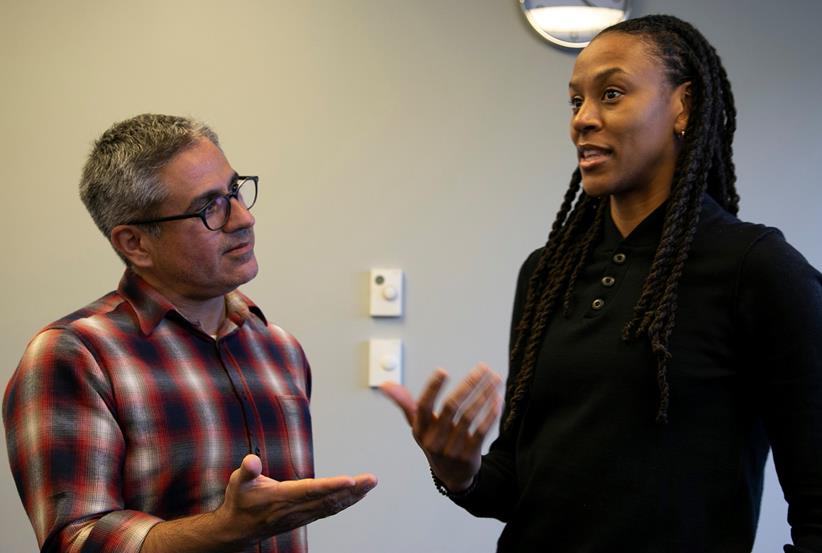
Is there a way to open the eyes of the audience — the passive, non-creating, non-performing audience — and awaken them to the aesthetics of civic practice?
That is something I’ve struggled with my entire career. How do you capture for an audience what took a year and a half to make? How do you make that visible? When one is going to embark on civic practice, it probably means making some choices: Who do we want to talk to? Who do we think might have something to offer? How does an opera practitioner learn how different communities define art and define quality? It takes a lot of time. If I were to knock on my neighbor’s door and ask, “So, like, what’s your aesthetic?” they’re going to have no idea what I’m talking about. But it’s there. We just have to look for it.
Americans for the Arts did a survey and asked people what the art that they make and consume. And there was a huge range of things. People talked about cooking, about getting tattoos, they talked about singing in choirs and singing in their homes. You just have to show up and listen and watch, and you start to see what those artistic expressions are.
Do you see opera as having some unique attributes or assets that make it a strong candidate for strengthening the community through the art form?
I think so. Opera happens at a scale like nothing else. It’s epic. And I think each of our lives is an epic tale. If we could capture that using the form and the tools of opera, I think it would be really powerful and moving.
Also, the challenges facing our communities are epic: deep political division, a housing disaster, healthcare, education… Maybe we need the epic form to solve these epic problems?
Are there any specific things you would wish for opera?
I’m just making wishes; I don’t know how to solve it. I wish opera were more affordable. I wish it took place in different places. I want to see more site-specific work that takes place outside the cultural palaces — which are difficult places to enter. I’m a professional artist, solidly middle class and educated, and it’s still not an easy threshold for me to cross.
And I really hope that leaders of opera organizations would lead a civic action project, and that they’d get their hands messy doing the work that this practice entails. They would experience how hard it is and all the joy and beautiful things that can come out of it, and I think they would get all the reasons why it is an artistic practice.
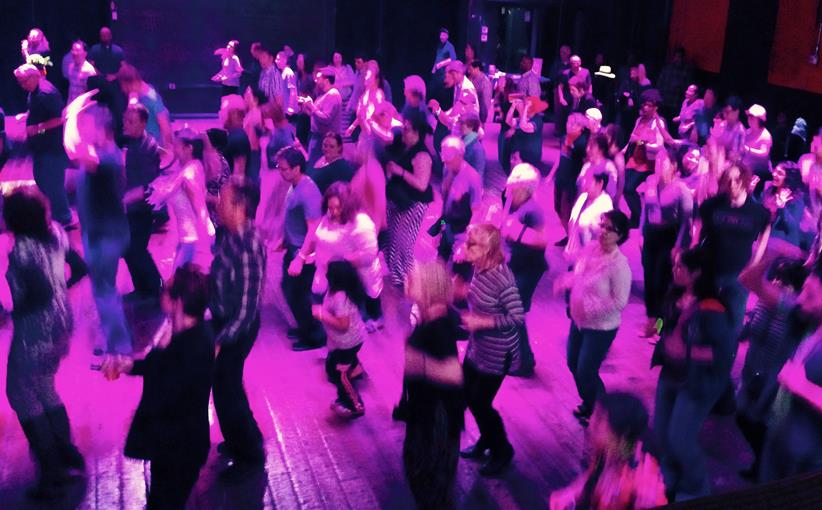
This article was published in the Spring 2020 issue of Opera America Magazine.
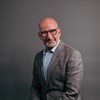
Marc A. Scorca
Marc A. Scorca is the president/CEO of OPERA America.




